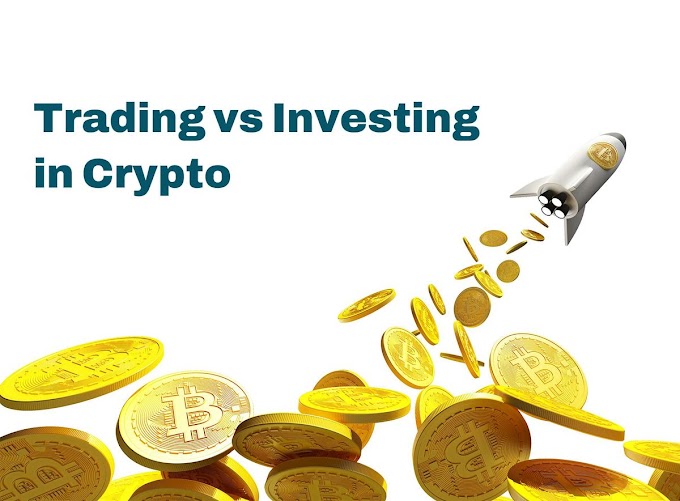The World Health Organization (WHO) has recently issued a groundbreaking recommendation that could revolutionize the fight against HIV. According to the WHO, countries should consider including the newly approved HIV drug, lenacapavir, as a tool in their efforts to prevent HIV infections, particularly among high-risk groups and in areas with a high burden of HIV.
Understanding Lenacapavir
Lenacapavir is a long-acting injectable medication that has been shown to dramatically reduce the risk of HIV infection. It is administered via injection every six months, providing a convenient and effective option for HIV prevention. The WHO recommends lenacapavir as an additional prevention choice for people at risk of HIV, particularly in areas with high rates of HIV infection.
Benefits of Lenacapavir
Lenacapavir has several benefits that make it an attractive option for HIV prevention:
Improved Adherence: Lenacapavir's long-acting nature could improve adherence to HIV prevention medication, particularly among individuals who have challenges with daily oral PrEP.
Increased Accessibility: Lenacapavir's injectable formulation could reach more people who need HIV prevention, particularly in areas with limited access to healthcare services.
Pregnant and Breastfeeding Women: Lenacapavir can be used in pregnant and breastfeeding women, providing an additional prevention option for this population.
The Current State of HIV Prevention
Despite progress in reducing new HIV infections and AIDS-related deaths, the global HIV epidemic remains a significant public health challenge. According to the WHO, about 40 million people were living with HIV at the end of 2023, with 65% of them residing in the WHO African Region. The WHO's Global HIV Programme leads the development and implementation of global health sector strategies on HIV, with the goal of ending the HIV epidemic by 2030.
Challenges and Opportunities
The global HIV response faces several challenges, including:
Funding Gap: International assistance accounts for 80% of prevention programs in low- and middle-income countries, and the recent withdrawal of funding by the US government has raised concerns about the future of these programs.
Access to Care: Limited access to HIV testing, treatment, and prevention services, particularly in rural areas, hinders progress toward HIV elimination.
Stigma and Discrimination: Stigma and discrimination remain significant barriers to HIV prevention and treatment, particularly among key populations.
The Importance of Funding
The withdrawal of funding for HIV programs has severe consequences. According to the United Nations, millions more people could die from HIV-related causes by 2029 if funding for HIV programs permanently disappears. In Nigeria, the number of people receiving PrEP dropped from 40,000 to fewer than 7,000 in April, and a similar trend emerged in Kenya, where there has been a decline in the number of women living with HIV who received medications to reduce their risk of transmitting the virus to their newborns.
A Call to Action
The WHO is calling on governments, funders, implementers, and civil society to work together to implement and integrate lenacapavir into HIV programs. Gilead Sciences, the maker of lenacapavir, has announced an agreement with the Global Fund to Fight AIDS, Tuberculosis and Malaria to supply lenacapavir for HIV prevention at no profit to the company. The goal is to reach up to 2 million people in low- and lower-middle-income countries ahead of generic lenacapavir becoming available.
Conclusion
The WHO's recommendation on lenacapavir is a significant step forward in the fight against HIV. By providing an additional prevention option, we can empower individuals to take control of their health and reduce the risk of transmission. However, it's essential to address the challenges and opportunities in the global HIV response to ensure that lenacapavir reaches those who need it most. With global solidarity, funding, and cooperation, we can accelerate progress toward ending the HIV epidemic.
Key Statistics
40 million: The number of people living with HIV globally, according to the WHO.
4 million: The estimated number of additional deaths that could occur between 2025 and 2029 if PEPFAR funding is not replaced.
6 million: The estimated number of additional new infections that could occur between 2025 and 2029 if PEPFAR funding is not replaced.
$28,218: The annual list price of lenacapavir in the United States when used for HIV prevention.









.jpeg)


.jpeg)
.jpeg)

